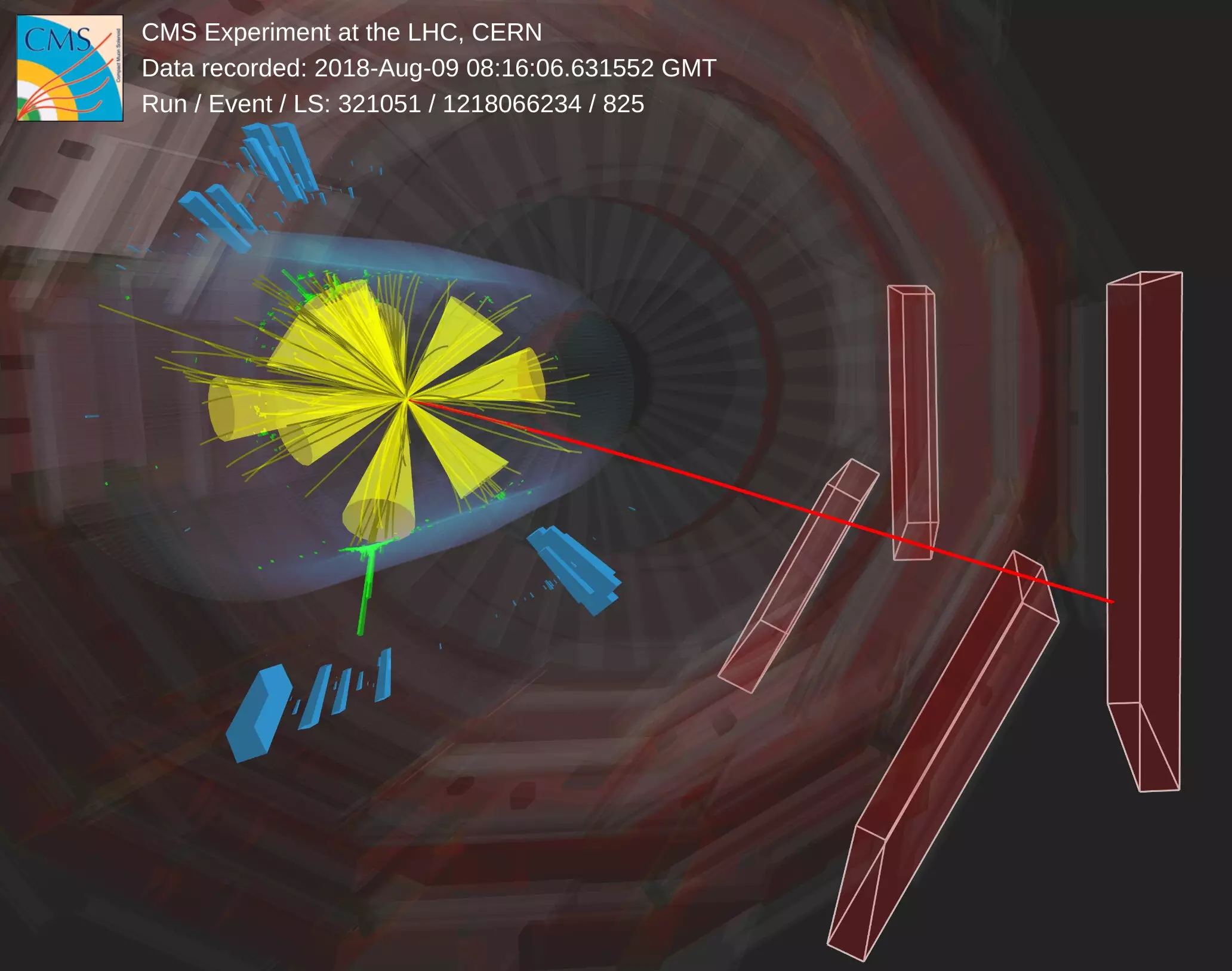Supersymmetry (SUSY) is a fascinating theory in particle physics that aims to address some of the unresolved mysteries in the field. According to this theory, every known particle has a corresponding “superpartner” with slightly different characteristics. For instance, the top quark of the Standard Model is theoretically paired with the top squark, also known as the “stop.”
In 2021, the CMS collaboration made a groundbreaking revelation when they examined a comprehensive dataset comprising collision data gathered between 2016 and 2018. Their analysis hinted at the potential presence of stop particles in the data. The significance of this finding lay in the fact that the observed features deviated significantly from what would be expected if only known particles were involved. Rather than waiting for additional data collection over several years to confirm these observations, the CMS collaboration opted to reanalyze the existing data using advanced analytical techniques.
To identify the simultaneous production of pairs of stop particles, the new analysis focused on the decay of stops into top quarks accompanied by lighter quarks or gluons. These constituent particles subsequently form bound states known as hadrons, leading to the creation of particle clusters detected in the form of “jets.” The distinctive signal of this process comprises two top quarks and multiple jets, presenting a challenge in distinguishing it from the production of top quarks alone, a common occurrence in the Large Hadron Collider (LHC)’s Standard Model processes.
The ABCD method is a conventional approach used to estimate backgrounds based on observed data. By leveraging two independent variables that differentiate between signal and background events, the ABCD method categorizes the data into four regions (A, B, C, and D), each representing varying levels of signal and background dominance. However, applying this method to the search for stop particles proved problematic due to the inherent correlation among the variables involved, rendering the traditional ABCD method ineffective.
Implementing Innovative Machine Learning Techniques
To circumvent the challenges posed by correlated variables in the stop particle search, physicists from the CMS collaboration devised a novel strategy rooted in advanced machine-learning algorithms. By identifying two minimally correlated variables, the researchers successfully partitioned the data into the distinct regions essential for background estimation. The correlation analysis showcased in the study’s findings highlighted the prevalence of the signal in region “A,” underscoring the efficacy of the new approach.
Enhanced Sensitivity and Precision in Particle Analysis
With the adoption of this innovative methodology, the CMS collaboration achieved a substantial improvement in the accuracy of background prediction, eliminating the uncertainties associated with conventional simulation techniques. The heightened sensitivity afforded by the novel approach enabled physicists to conclusively rule out the presence of the speculated signal in the analyzed data, indicating that stop particles, if existing, must possess a mass exceeding 700 GeV in specific SUSY scenarios.
Armed with a more refined analytical tool, scientists are now poised to delve deeper into the ongoing LHC Run 3 data, anticipating further revelations and potential breakthroughs in unraveling the enigmatic realm of subatomic particles. The relentless pursuit of understanding nature’s intricacies drives researchers to explore new frontiers and push the boundaries of scientific exploration in the quest for knowledge.


Leave a Reply